A few weeks ago, inspectors made a gruesome discovery at a farm in the northwest corner of South Africa. More than 100 lions and other big cats were found suffering from neglect, parasites, mange and other health problems. Two lion cubs were too sick to walk; a third had to be euthanized.
Despite their illnesses, all of the lions on the farm were intended for use in “canned hunts” or to be slaughtered and sold for their bones.
In the wake of the investigation, the National Council for the Societies of Prevention of Cruelty to Animals charged the farm owner with animal cruelty. The criminal charge is unusual in South Africa, although the situation that produced it is not.
Indeed, humanity’s hot pursuit of the commercialization of nature is rarely more evident than in South Africa’s intensive breeding of lions. Despite years of local and international outcry, it’s still legal to use these former kings of the jungle in a range of lucrative commercial activities, including trophy hunting and exporting their bones.
It might seem strange that this commercial exploitation exists, given that South Africa is a self-proclaimed global leader in conservation. The country boasts some of the highest populations of charismatic megafauna in the world, including rhinos, elephants and lions. Yet for these and many other wildlife species in South Africa, high populations are largely due to the practice of “wildlife ranching,” which is not just allowed but even encouraged by the legal system.

Today only about 3,000 lions truly remain in the wild in South Africa. The majority of the country’s Panthera leo populations are confined in more than 300 captive-breeding facilities that house an estimated 9,000 to 12,000 animals. Many of these lions — like the ones found at the farm last month — suffer from physical defects, diseases and psychological disorders.
This intensive confinement, breeding and use are permitted because, as with most countries and other jurisdictions, South African law classifies animals as mere property. What sets South Africa apart, however, is the fact that it has also solidified the private ownership of wildlife through laws passed during apartheid. These laws and current policies appear to further reinforce historical racial, economic, political and social issues, most notably for people who live and work on farms, as well as communities near wildlife operations.
In addition, the “right to environment” enshrined in South Africa’s supreme Constitution has been interpreted by the relevant executive department to focus on just one provision: the “sustainable use” of “resources.” This interpretation forms the basis of the country’s environmental and biodiversity laws. It has effectively ensured, and even promoted, the commodification of wildlife and is used to justify practices that most would consider abhorrent and repulsive.
Despite this interpretation, South Africa’s Constitutional (supreme) Court recently stated that the human right to environmental protection is connected to animal welfare. This ruling was based on the so-called integrative approach, which the court said “correctly links the suffering of individual animals to conservation and illustrates the extent to which showing respect and concern for individual animals reinforces broader environmental protection efforts.”
The sentiments of the judiciary, however, have not been reflected meaningfully in legislation or policy and additional legal loopholes, inconsistencies, uncertainty and enforcement challenges have had detrimental impacts on wildlife, ethics and values of true conservation.
The Industry
The intensive breeding of wildlife is not limited to lions, nor is it new for the country.
In 1997 a television show called The Cook Report first drew global attention to the captive-bred lion industry, more specifically to what’s often referred to as “canned” lion hunting. In a nutshell, canned hunting involves paid excursions in walled-off encampments where hunters can shoot semi-tame animals without the need to track them in the wild or the chance of escape for the animal. After the program aired, what was going on behind the fences of private property was no longer hidden.
Since then attention has been drawn to the issue by various organizations, including the Campaign Against Canned Hunting, and through diverse efforts such as global marches and documentaries like Blood Lions.
Despite all this, the captive lion breeding industry still has tremendous staying power. But it also comes with costs for the entire country, which relies heavily on wildlife tourism.
Recent studies show that the captive-bred lion industry has had a dramatically negative effect on “brand South Africa” by tarnishing the country’s reputation. One study found that nearly 4 billion U.S. dollars in tourism income could be lost over the next seven years if “business as usual” continues.
Industry supporters, however, allege that it has positive economic benefits, including employment and tourism.
Indeed, the captive-bred lion industry has expanded exponentially in terms the sheer quantity of animals, the uses of these animals, and the number of people employed. Jobs include farm workers, hunting operators, taxidermists — and even slaughterhouse workers.
Supporters also argue that the industry aids conservation and has a positive effect on wild lions, alleging that breeding takes the pressure off wild lion populations, and that profits are reinvested in conservation efforts.
Activists, on the other hand, argue that captive-bred lions do not benefit the economy, as the industry appears to mostly benefit a small group of elites rather than communities or other citizens. They also say the practice has no conservation value whatsoever because of inbreeding, diseases and the animals’ semi-tame nature. They further contend that breeding has created new commercial uses, demands and markets for products relating to these animals, particularly internationally.
One such example is the trade in lion bones, which are used for so-called “medicinal” purposes and other dubious commercial ventures. While the bone trade was initially thought to be an offset of the trophy-hunting industry, recent reports indicate that this is not the case. Instead, many animals are bred specifically for their bones. An exposé last month found that one slaughterhouse killed 54 lions in just two days. This took place at a facility that bills itself as an “eco-farm.”
As the largest legal exporter of lion skeletons, South Africa has been accused of fueling illegal trade and activities, spurring increased trafficking of other species including tigers and even rhinos, normalizing the demand for these products, and hindering conservation efforts of other countries and organizations.
The bone trade presents additional welfare concerns. There’s no need for lions raised for slaughter to be aesthetically pleasing (as opposed to trophy-hunted lions, which are destined specifically for display), so captive-bred lions often suffer from physical defects. Lions bred for slaughter don’t need to be healthy, but sick lions pose a risk to human health through zoonotic diseases such as tuberculosis.
In addition to the lion-bone trade itself, there’s also a major “volunteer” sub-industry that has grown tremendously and attracts international tourists. Visitors pay to touch and spend time with young cubs, a seemingly innocuous activity that actually acquaints young animals with human contact and sets them up for the next stages of the life cycle of a captive-bred lion. For this reason, these encounters are known as the “snuggle scam.” Tourists are often unwitting participants who believe that their efforts and money are aiding conservation efforts.
In most instances, these predator facilities are nothing more than commercial operations breeding and exploiting animals for a range of activities, from canned hunting and the bone trade to cub petting, ‘walking with lions’ and volunteer activities. https://t.co/mSLVhGV7kE pic.twitter.com/1uWWDYrsJr
— Blood Lions Official (@Blood_Lions) April 24, 2019
All of this can be quite shocking, but — ethical, economic and other arguments aside — the law weighs heavily in favor of industry.
The Legalities
The trade in lions and their body parts across international borders was restricted as early as 1977 under the Convention on International Trade in Endangered Species (CITES). However, in 2016 CITES granted South Africa a special annotation, essentially allowing it to decide its own legal annual export quota of lion “bones, bone pieces, bone products, claws, skeletons, skulls and teeth for commercial purposes, derived from captive breeding operations.”
Following this decision, South Africa established a quota of exporting 800 lion skeletons in 2017, then almost doubled that amount to 1,500 in 2018. (That year’s quota was subsequently reduced and is still the subject of pending court proceedings.) It’s worth noting that the department ultimately responsible for determining the quota has indicated that animal welfare and related matters are out of its scope and that it does not have the power to regulate these issues.
Domestically there are a plethora of laws and regulations covering lions and other wildlife, yet huge gaps and difficulties exist with the current regulation. Many claim that this patchwork system has effectively facilitated the growth and protection of the lion industry, rather than safeguarding these animals from the wide range of atrocities they face.
One such difficulty is the fact that the national government and each of the nine provincial governments have concurrent jurisdiction on environmental issues under which “wild” animals traditionally fall. This means that the regulation is composed of diverse laws, at different levels throughout the country, some of which are decades old and were enacted prior to the growth of the captive lion industry, and even before the end of apartheid.
When laws do apply, they generally only require permits for “restricted activities” such as hunting, catching, killing, growing, breeding and propagating. These permits can be obtained for as little as 4 U.S. dollars each, which pales in comparison to the thousands of dollars paid to trophy-hunting operations.

Complicating the matter, provinces don’t issue these permits in a uniform manner and there’s no centralized permitting system or sharing of information, so no provincial governments have oversight or insight into what the others are doing.
This system presents additional monitoring and enforcement challenges. For example, the Department of Environmental Affairs reported this past March that nearly 40 percent of the 227 breeding facilities inspected in four of the provinces were noncompliant with regulations and many were operating with expired permits — although these were subsequently renewed.
Other matters that remain inadequately regulated include the methods of hunting, registration and document requirements, and prohibited and restricted activities.
Notably, no legal definition for canned hunting exists. Rather, regulations prohibit permits from being issued if certain circumstances exist (i.e., if the lion is released in an area adjacent to a captive holding facility for large predators). This allows the lion industry to widely state that canned lion hunting is illegal, even though captive lions are still hunted. Even major global hunting organizations have spoken out against this practice, but with no formal legal definition, the term remains open to interpretation, and canned hunting continues.
Previous attempts to regulate canned hunting have been thwarted, mostly by those profiting from lion-use activities. In 2005 the Department of Environmental Affairs introduced draft regulations that included both a definition of and prohibition for “canned hunting.” These were not adopted but led to a further attempt to regulate the industry in 2007. Proposals that year included requiring lions to roam for a minimum 24-month time period before they could be hunted. These regulations were challenged by the organization now known as the South African Predator Association, whose members include lion breeders, which launched a court case against the department. The industry ultimately won the case in the highest appeal court on mostly procedural grounds, setting aside the proposed regulations and allowing the industry to flourish.

As a result, there remains no specific regulation for the captive-lion industry that is formally promulgated by government. The other, more general, threatened or protected-species regulations are over a decade old and do not effectively protect these animals nor govern the industries that use them.
The lion industry itself, meanwhile, has set its own norms and standards for hunting “ranch” lions. Although these are voluntary and unenforceable, and (one might argue) deficient in various respects, the industry refers to them as one of its successes.
Unfortunately this type of “soft law” is not uncommon in South Africa’s animal-use industries. They are often used to fill regulatory gaps but ultimately lead to the government’s failure to establish formal regulations. This ensures the protection of industry interests.
In contrast to environmental laws, there are laws that criminalize certain actions relating to domestic animals. Ironically, because these wild animals live in captivity they fall under this legislation to some extent. Thus at least some measure of protection is awarded to them — although much uncertainty still exists (for example, relating to their welfare). As government does not properly enforce this legislation, it is left up to overburdened and under-resourced societies for the prevention of cruelty to animals to fill the gap.
Finally, the role of corruption and political influence cannot be underestimated in the country — but that’s a whole other can of worms.
The Opportunity?
A glimmer of hope presented itself in August 2018, when the Parliamentary Committee on Environmental Affairs organized a two-day “colloquium” about lion hunting.
The committee’s final report, released the following November, resolved that the Department of Environmental Affairs should, as a matter of urgency, initiate a policy and legislative review of captive breeding of lions for hunting and lion-bone trade with a view to putting an end to this practice. Many organizations working on this issue hailed it as a success and called it a “nail in the coffin” of the captive-lion industry in South Africa.
It wasn’t.
In March 2019 the department released a statement that it would essentially rather see the continuation of this industry through the establishment of norms and protocols — in other words, better regulation. This statement, perceived as backtracking, caused an outcry which appears to have fallen on deaf ears.
The Future
How then do we solve this problem? Ideally, efforts to protect lions (and more generally all animals) should be contained in law that is both certain and enforceable, as I wrote in my recent paper for The Forum of Animal Law Studies.

It doesn’t appear things are moving in that direction yet. Last December the department announced that it would appoint a panel to review policies relating to wildlife, particularly lions. Notably, the public call contained a requirement that members up for nomination to the panel should be “committed to and subscribe to … sustainable use.” Following this, there’s a general feeling that NGOs may be excluded from the panel for not agreeing with the principles of utilizing these animals, especially since the then-Minister of the Department herself stated during the colloquium that if the lion-breeding facilities were shut down and the trade banned, thousands of lions would have “no value.”
Under these circumstances, what else can be done? Given these animals’ apparent lack of value in the eyes of the department under whose jurisdiction they fall, there is now a need to look outside the legal system, and even beyond the country’s borders.
That’s already starting to happen. Over the past few years, various animal, wildlife and protection agencies have banded together and formed coalitions and forums to lobby for change. Their efforts focus not only on the law but the activities of national and international corporations, foreign government, universities and other entities.
In addition to NGOs, other organizations and industries have taken a stand. In one of the most public examples, many airlines have announced that they will no longer ship hunting trophies. Countries such as Australia and the Netherlands have also banned trophy imports. However, the countries that import the most lion bones, including Vietnam, Laos and other Asian countries, and trophies, such as the United States and certain European countries, have not followed suit.
At this point it’s unclear what the future holds for the captive breeding and use of lions. Hopefully the recent animal cruelty case, exposé and publicity have provided some additional visibility to the industry and the plight of lions.
The decisions we make over the next few years will undoubtedly have a national and global effect on lions — indeed, on all nonhuman and human animals. No matter what happens, the actions and inactions that allowed this industry in the first place will require us to examine our morality for many years to come.

Further information and resources on the lion industry:
The opinions expressed above are those of the author and do not necessarily reflect those of The Revelator, the Center for Biological Diversity or their employees.
![]()


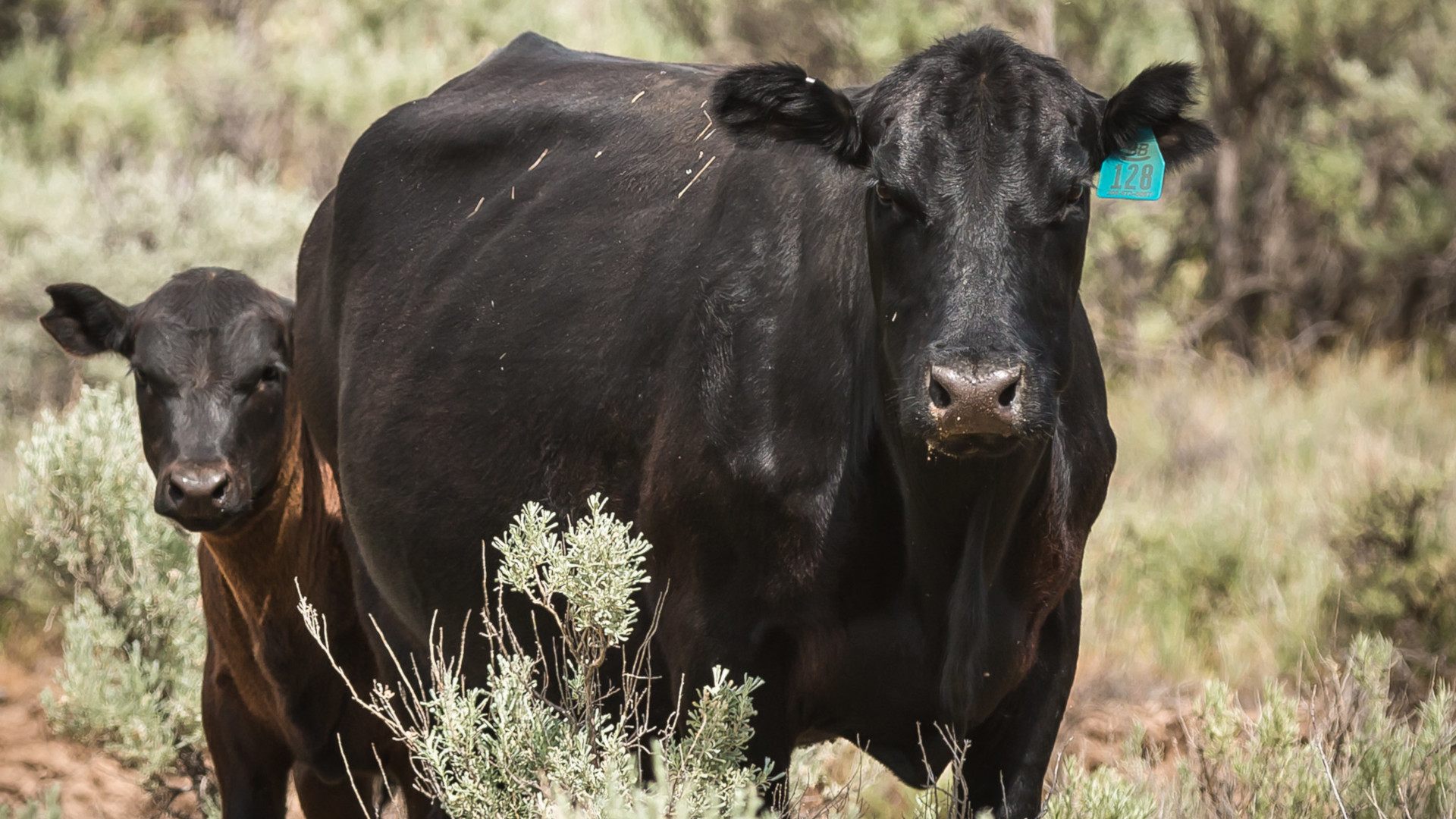

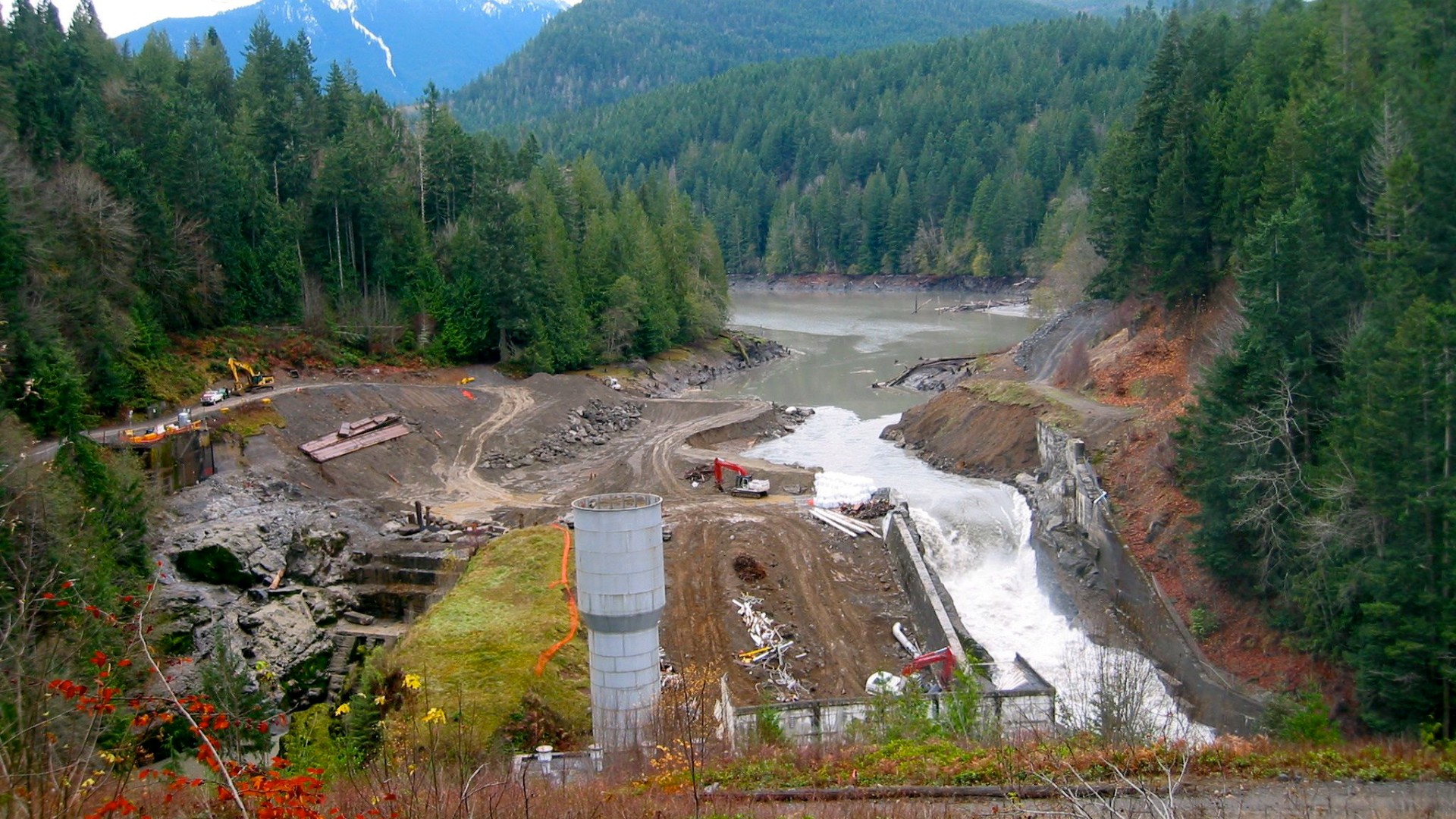
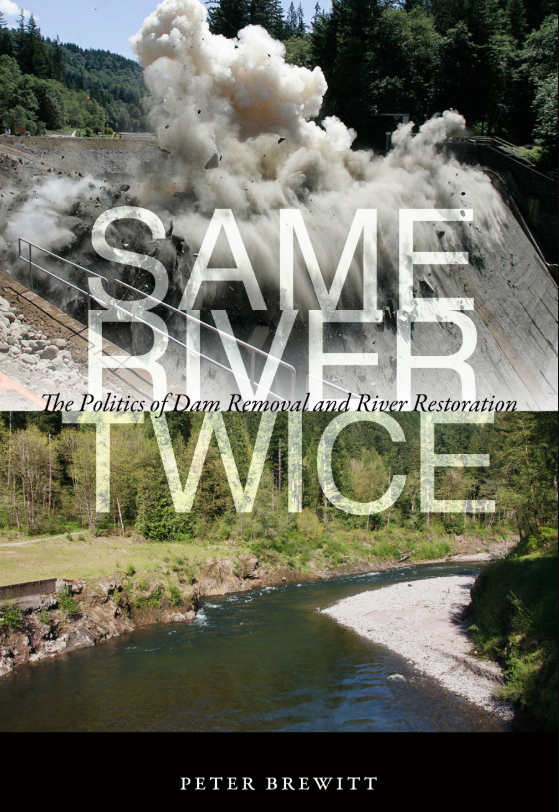
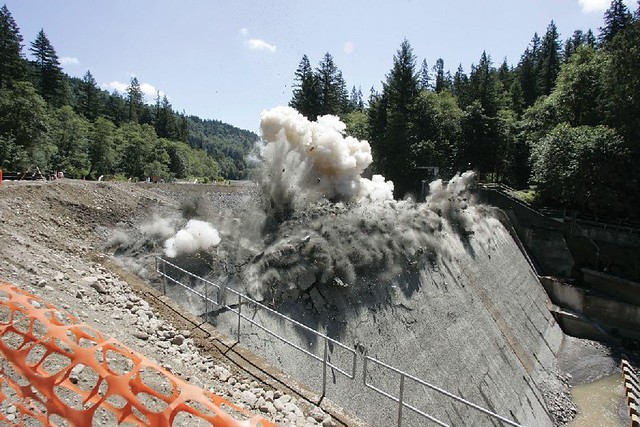
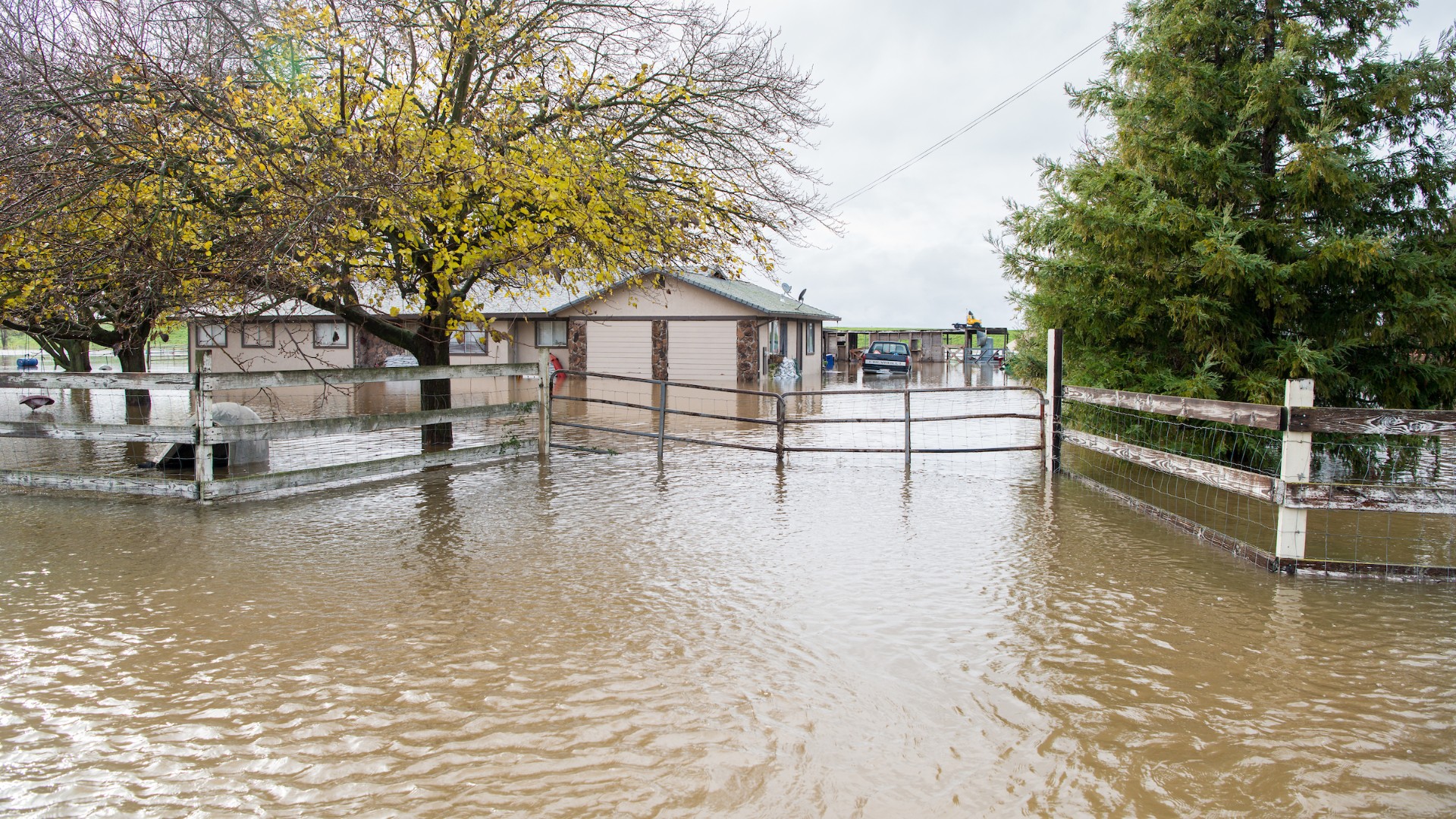
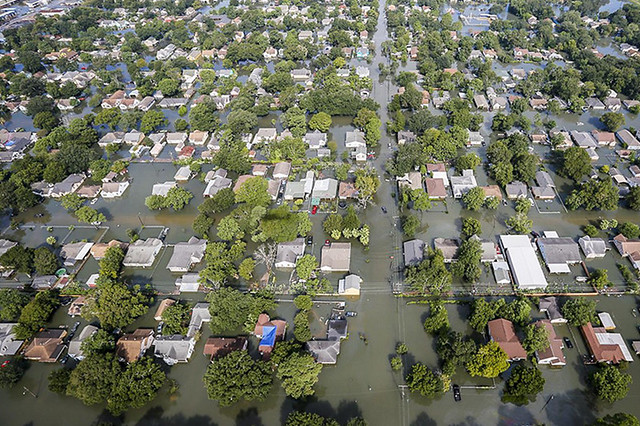











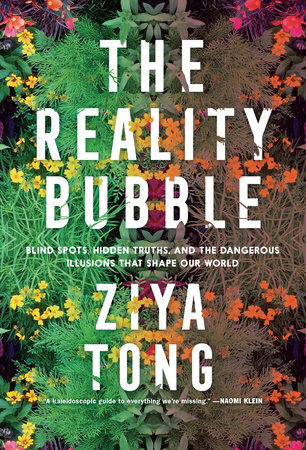 With food, there are things we’d rather not know. And here’s the rub: we know we’d rather not know. Scientists have found that our brains will shut down information that doesn’t make us feel good, or that causes us stress, which is one reason why we tune out suffering. But as Margaret Heffernan writes in her book Willful Blindness, “Not knowing, that’s fine. Ignorance is easy. Knowing can be hard but at least it is real, it is the truth. The worst is when you don’t want to know because then it must be something very bad. Otherwise you wouldn’t have so much difficulty knowing.”
With food, there are things we’d rather not know. And here’s the rub: we know we’d rather not know. Scientists have found that our brains will shut down information that doesn’t make us feel good, or that causes us stress, which is one reason why we tune out suffering. But as Margaret Heffernan writes in her book Willful Blindness, “Not knowing, that’s fine. Ignorance is easy. Knowing can be hard but at least it is real, it is the truth. The worst is when you don’t want to know because then it must be something very bad. Otherwise you wouldn’t have so much difficulty knowing.”

